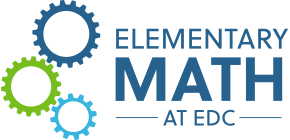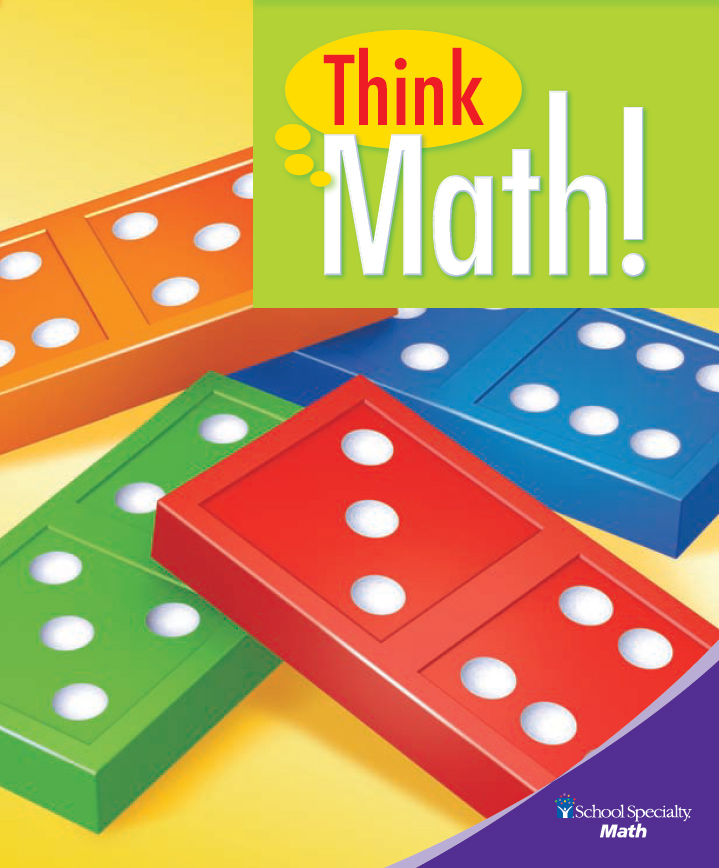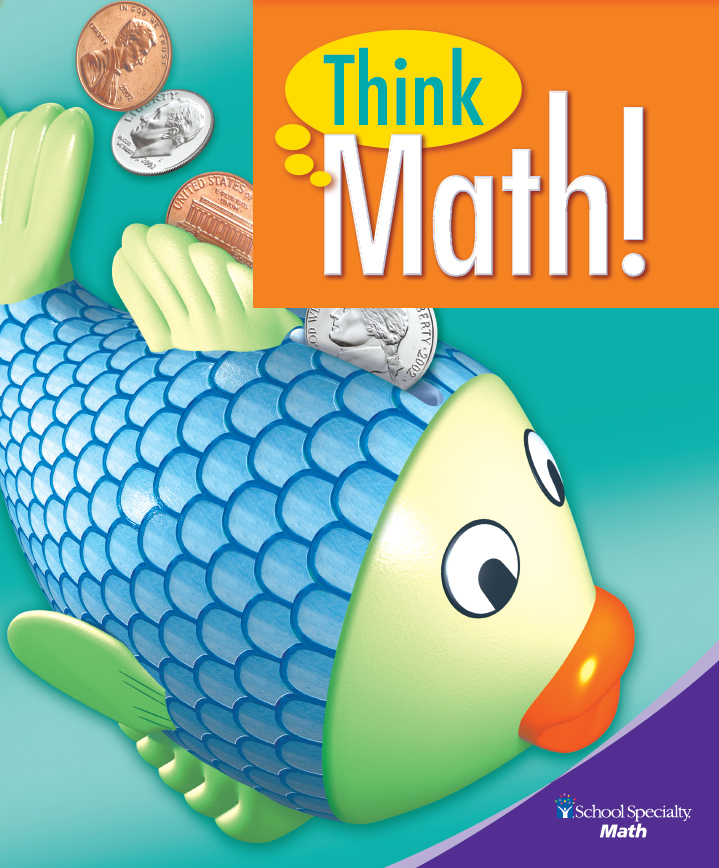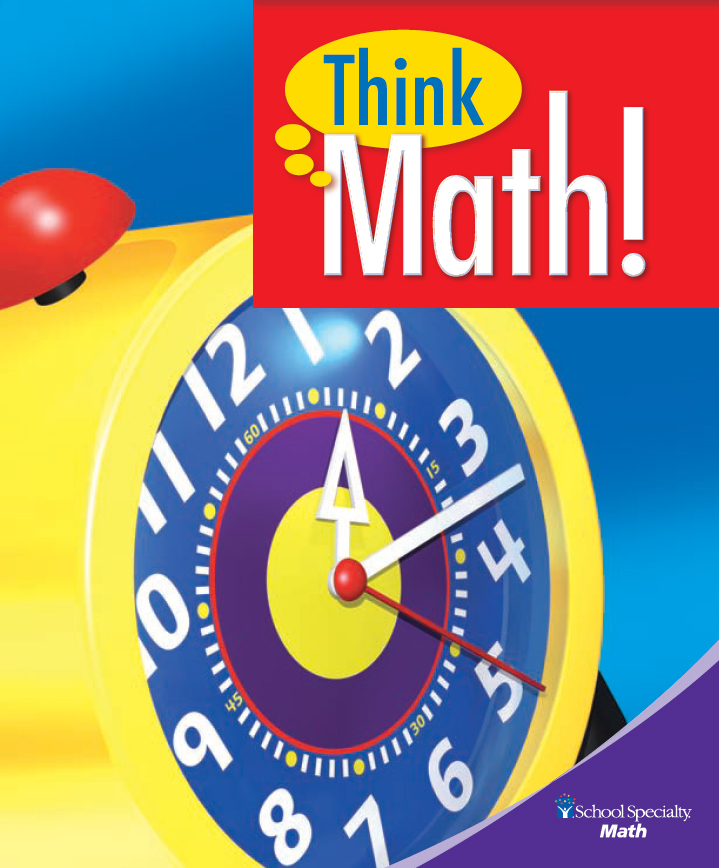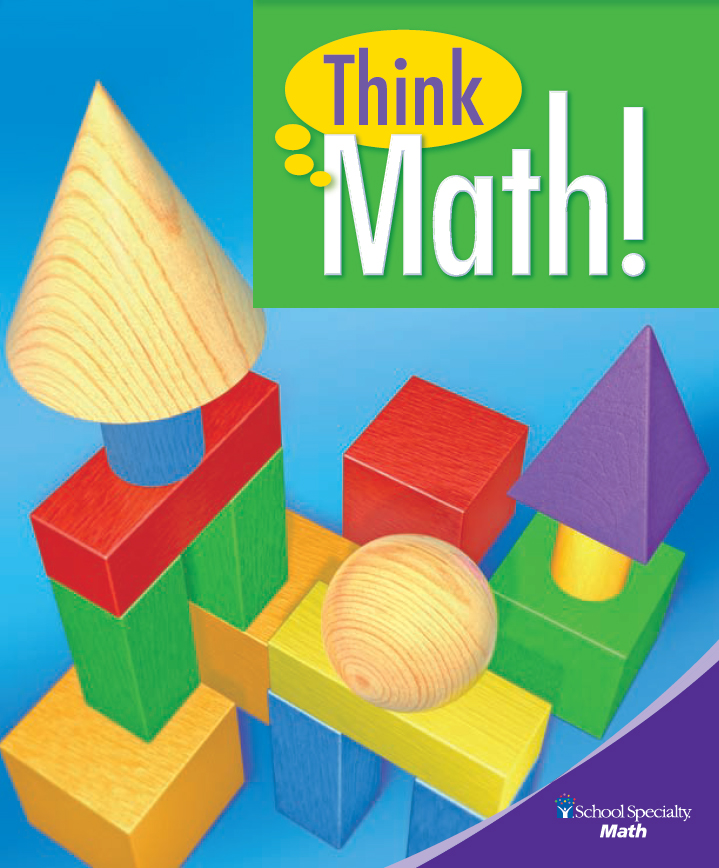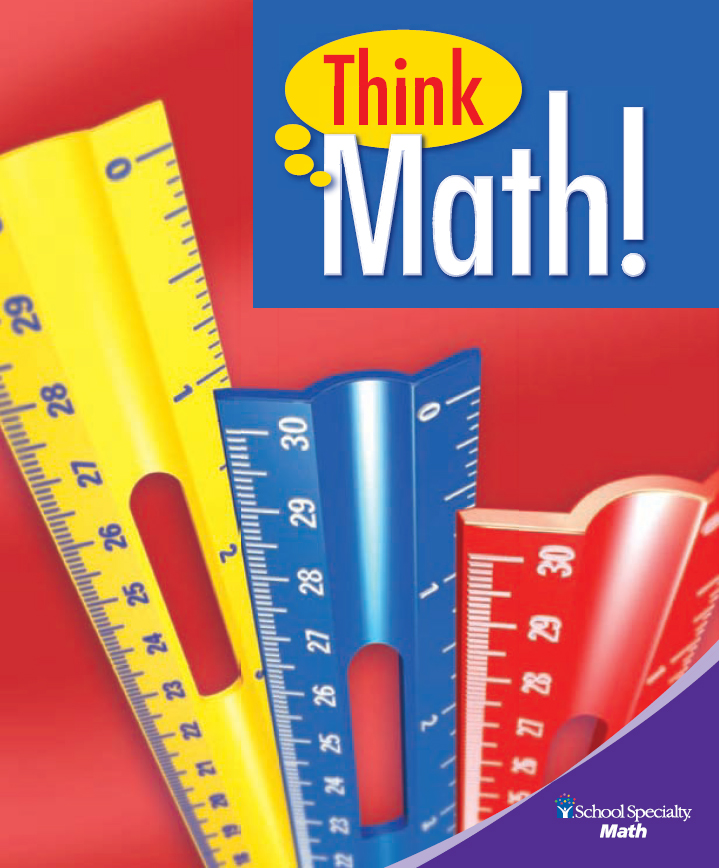Children love to find order and regularity, to solve puzzles, and to make sense of the world. The Think Math! curriculum for grades K–5 takes advantage of (and fosters) this natural curiosity, building skills by embedding useful practice in puzzles, investigations, and games. Think Math! also helps children develop strong mathematical habits of mind—the mathematical practices—by providing opportunities for surprise, pattern finding, and mathematical thinking even in “routine” exercise.
All EDC curriculum development is based on the practical knowledge of teachers, grounded in the classroom, and supported by research. The principles behind Think Math! were particularly influenced by research in developmental psycholinguistics and child language, cognitive science, child development, and, of course, research on teaching and learning mathematics. Think Math! was rigorously field-tested in classrooms across the country.
The development of Think Math! was supported by the National Science Foundation, under grant number ESI-0099093. Schools may download and print PDFs from this website for classroom use as needed, following the requirements of the Creative Commons Attribution-NonCommercial-NoDerivatives 4.0 International License.
What‘s included in Think Math!?
- Student materials for grades K–5 include daily student pages, additional practice pages, extension work pages, and games.
- Headline Stories are a daily mathematical classroom routine that provides very brief open-ended problems that promote creative problem-solving and deductive thinking.
- Mental Math activities provide daily, fast-paced, highly focused activities that build mastery and skill fluency in the critical arithmetic foundations.
- Developing Mathematical Language provides suggestions for introducing, developing, and understanding mathematical language, notation, and vocabulary.
- Differentiated Instruction offers suggestions both for easy entry and for extra depth or challenge, allowing all students to participate with reflective thinking and discussion.
- Teacher guides for grades K–5 describe the components of each lesson and offers suggestions for enhancing students’ skills and understanding. Standards, objectives, and materials are organized and listed at the beginning of each lesson. About the Lesson conveys the lesson’s purpose and mathematical focus. About the Mathematics extends and deepens, for the teacher, important ideas in the lesson.
Think Math! Student and Teacher Materials include:
| Lesson Activity Book |
The Lesson Activity Book (LAB) pages are an integral part of the daily Think Math! lesson in grades K–5. Typically, children work on them near the end of each lesson, allowing for immediate application of the concepts taught. |
| Activity Masters |
The Activity Masters are blackline masters needed for each lesson. |
| Practice |
The Practice pages are designed as daily, independent practice of concepts taught from that day’s lesson. |
| Extensions |
The Extension pages are an opportunity to deepen each lesson’s content, providing greater challenge and further exploration of the concepts taught from the daily lesson. |
| Classroom Flip Chart | The Classroom Activity Flip Chart is used in kindergarten for children to make sense of a situation and engage in discussion about what they see and notice. |
| Student Handbook |
The Student Handbook is used in grades 3–5 to enhance the overall chapter as well as individual lessons. Pages include a student letter, game directions, Explore pages, and Review pages. |
